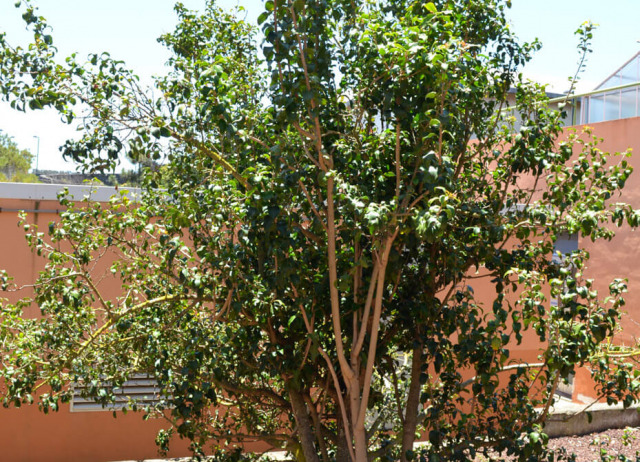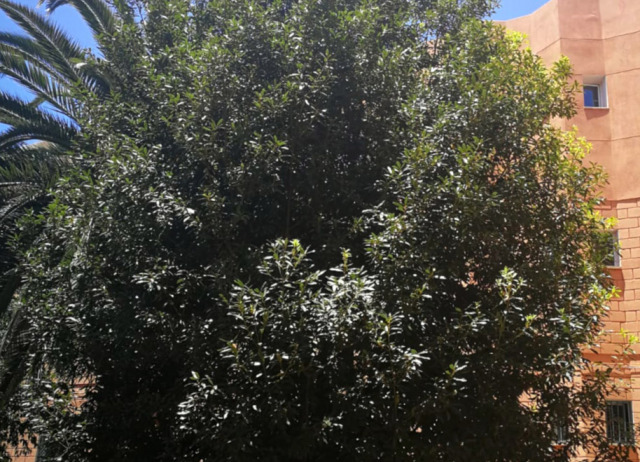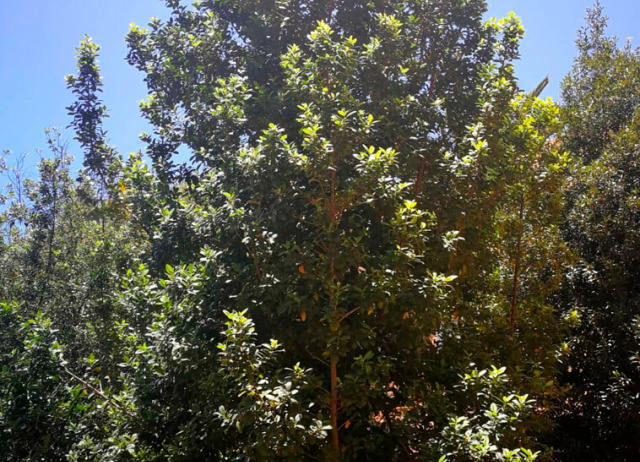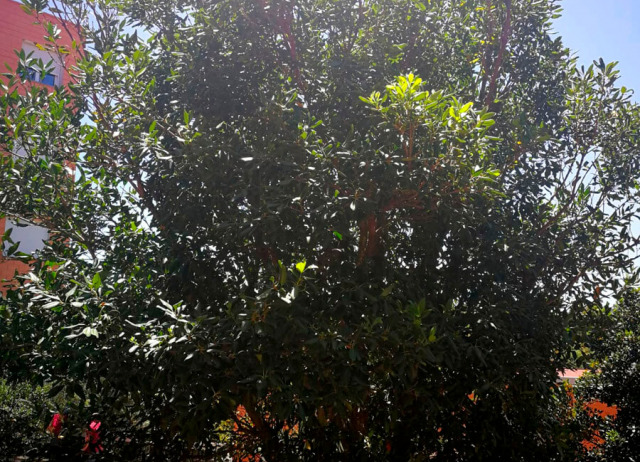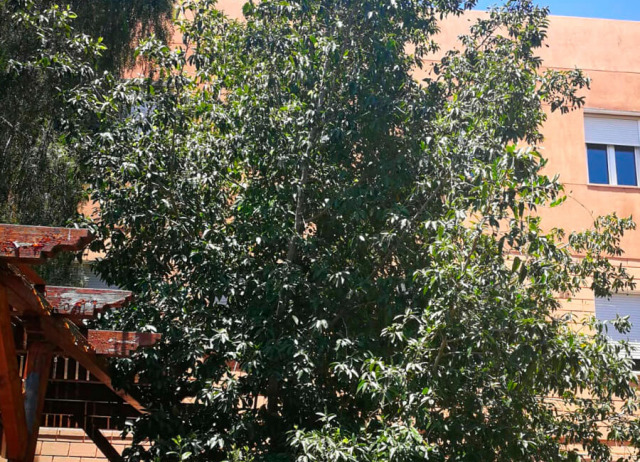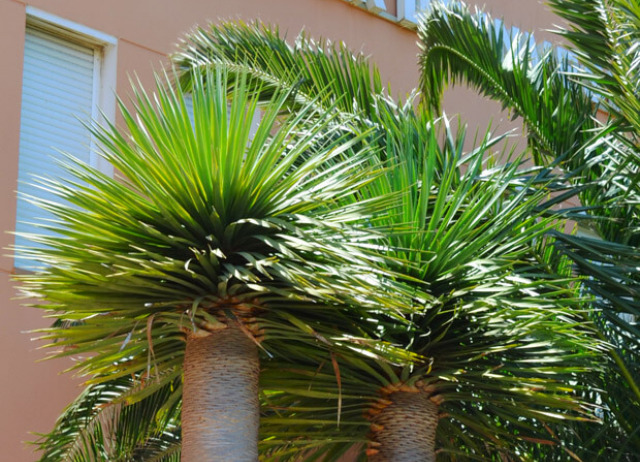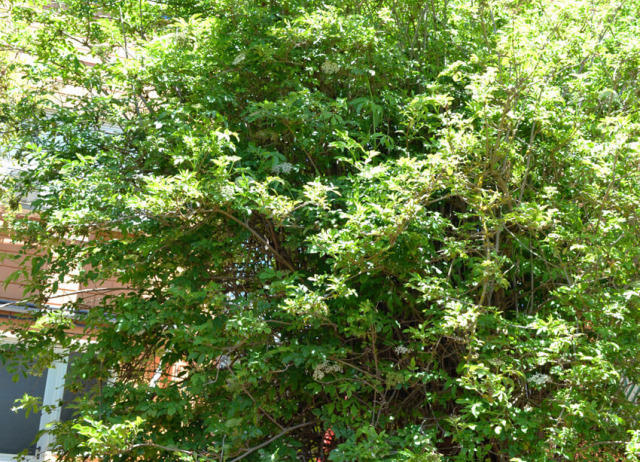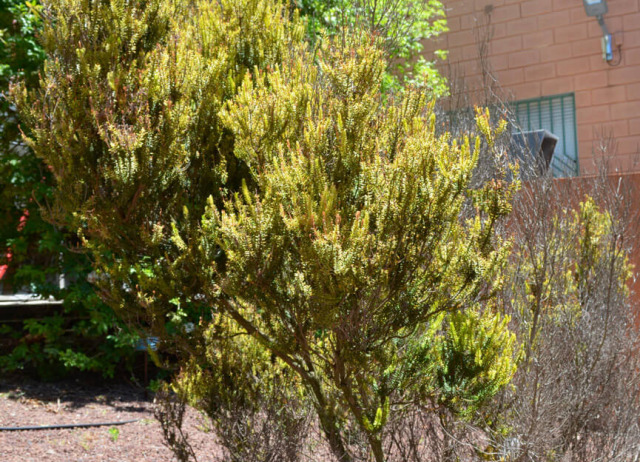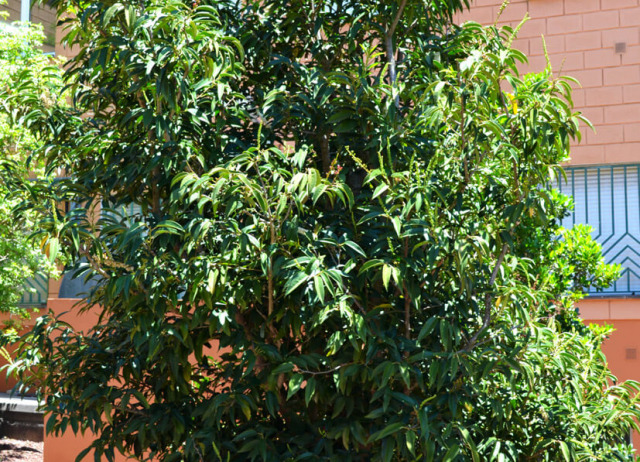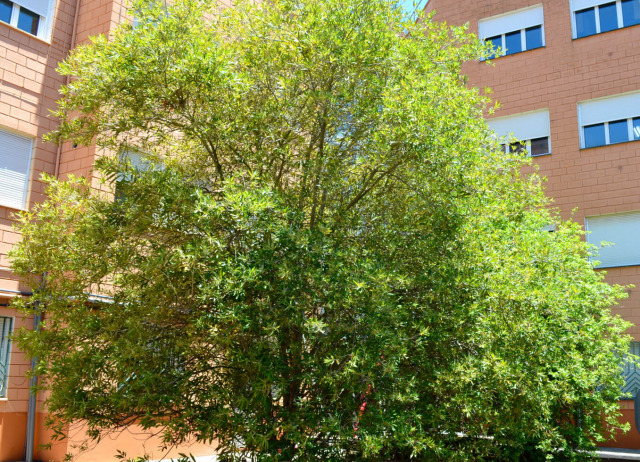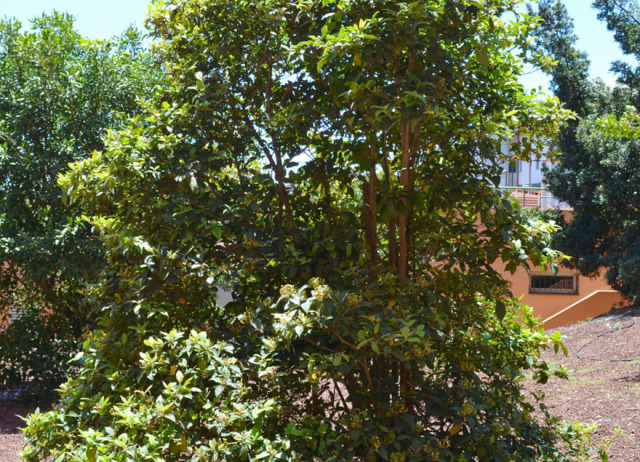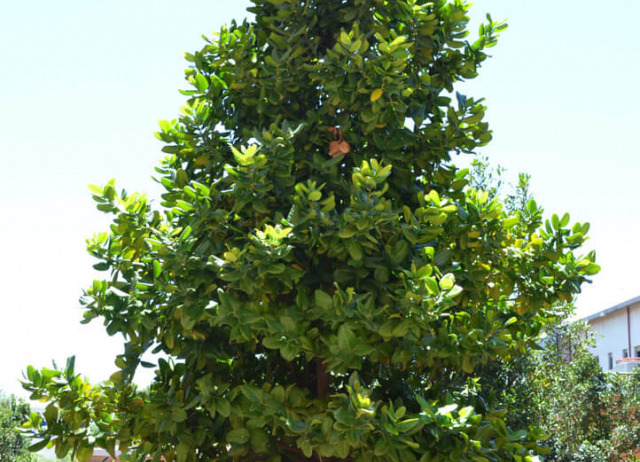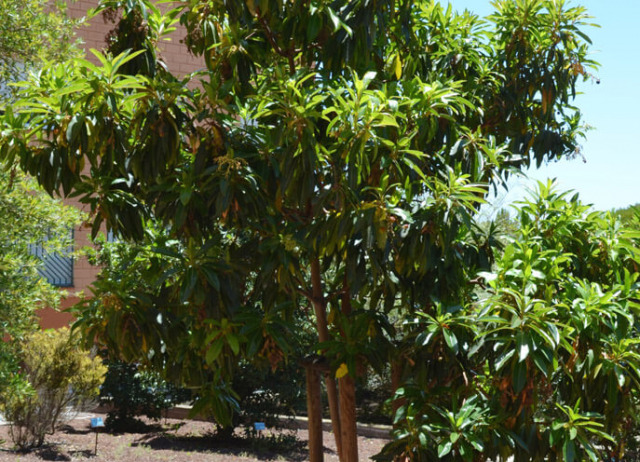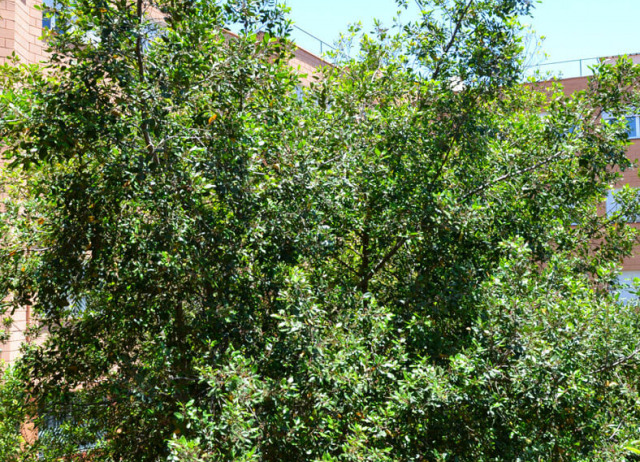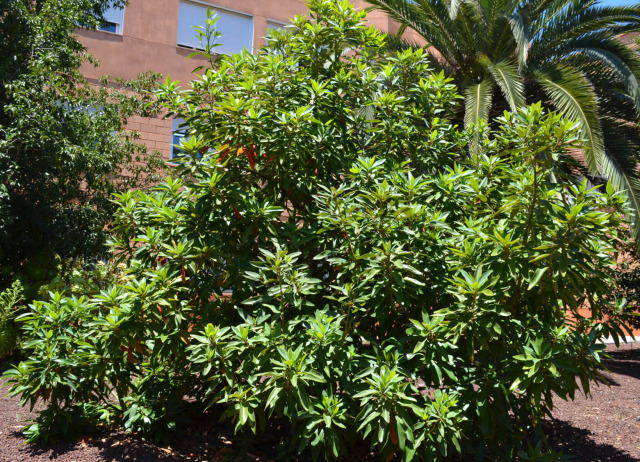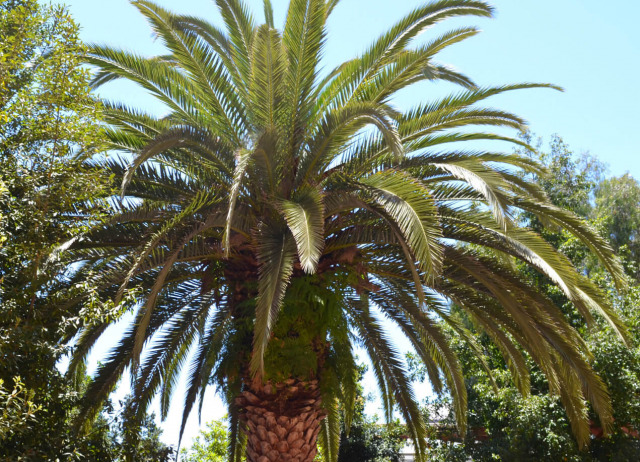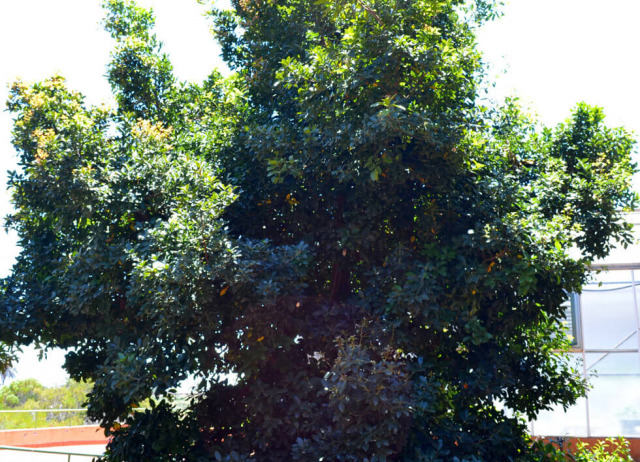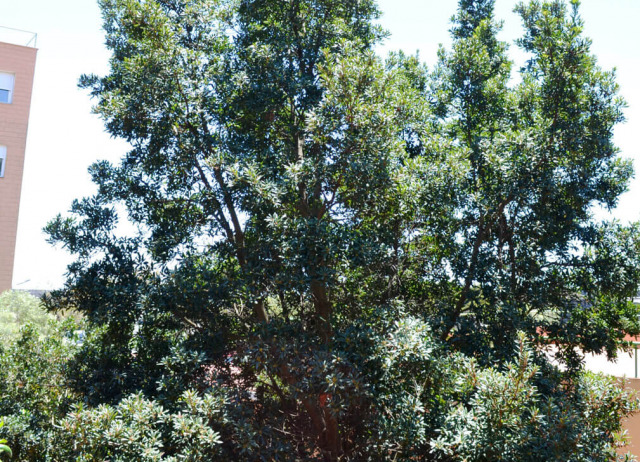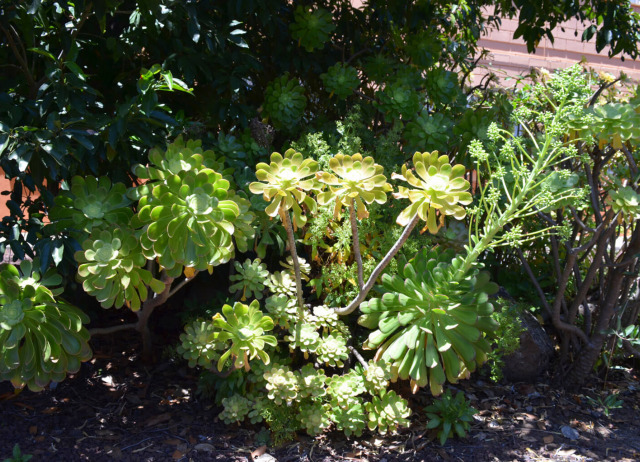The Canarian Flora Garden
Gardens at the IPNA in La Laguna (Tenerife) have undergone profound remodelling since 2005, most of the surface area being now devoted to recovering the potential vegetation that would have occupied the site in the past: Laurel forest (laurisilva).
This relict formation occupied the edges of the Tethys Sea, now the Mediterranean basin, during the Tertiary era, some 20-30 million years ago. It is now only found in the Macaronesian archipelagos of the Azores, Madeira and Canary Islands, with only a few species in Cape Verde.
Practically all the tree species present in the Canaries (e.g. laurel, viñatigo, til, tree-heath, wax-myrtle, etc.) have been planted here.
The most emblematic trees and bushes of the thermophilous woodland: dragon tree, canary palm, mastic tree, lentiscus, wild olive, etc.) have also been included.
This latter habitat has suffered drastic regression in the Macaronesian Islands. Some other elements of the other three habitats present in the Canaries (coastal scrubland, canary pine woodland and high mountain scrubland) are also displayed to show some other significant species of the native and endemic flora of the Canaries.
Sign-posts provide basic information on the common and scientific names, family, biogeographical range, distribution in the Canaries and habitats where they are found in nature.
The IPNA has traditionally been active in the extraction of natural products from Canary plants and several research lines continue working in this scientific field.
Many of these plants constitute their essential raw material. Since 2004, a new team has also been formed to work on ecological and evolutionary trends of the animals and plants in the Canaries, who have also actively participated in this change together with the other scientists of the centre.
For many years, the IPNA has organized guided visits for students to see the chemistry laboratories (natural products, synthesis or chemical ecology) and the scientific activity carried out there.

So now, the IPNA gardens will permit these visits to be culminated with a conservationist message about the biogeographical importance of the Canary flora and the need for its protection. Since the IPNA is next to the faculties of Biology, Chemistry and Pharmacy (University of La Laguna), it will easily permit these students to visit the gardens.
Due to this rearrangement, the IPNA gardens are currently in harmony with scientific activity performed there.
We would also like to publicly thank the support received from the Cabildo Insular de Tenerife, the institution that gave us some of the plants, as well as the company Tagoro Medioambiente that freely provided a great deal of advice and logistic support.
Many individuals, Concepcion Nieves, José Nogales (Tagoro MA), Luis Delgado (Cabildo Insular de Tenerife), Ángel Fernández, Ángel Bañares, Eduardo Carqué and Manuel Suárez (National Parks), Benito Darias (University of La Laguna), and Octavio Rodríguez and Antonio García (Department of Plant Biology of ULL), gave decisive help at different stages of the project.
Finally, it must be pointed out that two of the most pernicious factors that affect island ecosystems are the destruction of their habitats and the introduction of invasive species.
The refurbishment of the gardens of a public body such as the IPNA is intended to be another of our modest contributions to the conservation of the islands and their biota.
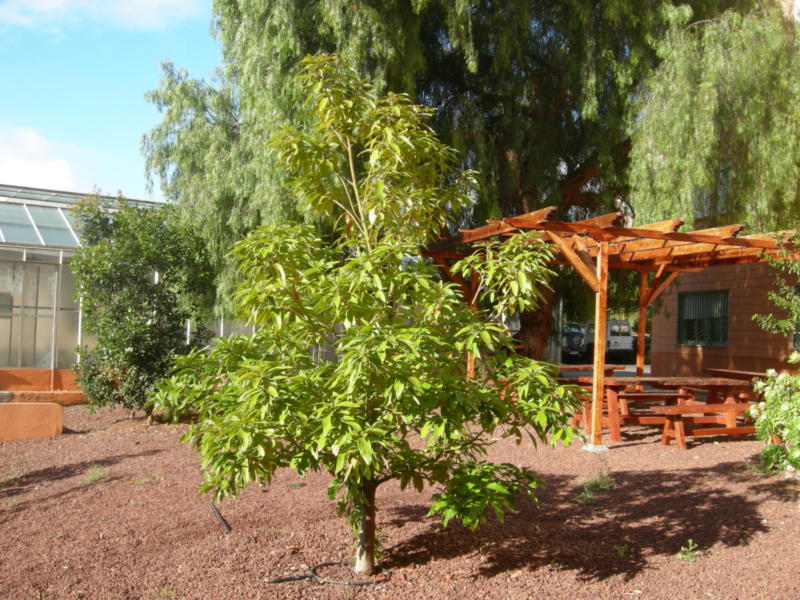
Educational Material
Repository of educational material for the consultation of different contents developed by the IPNA research groups.
